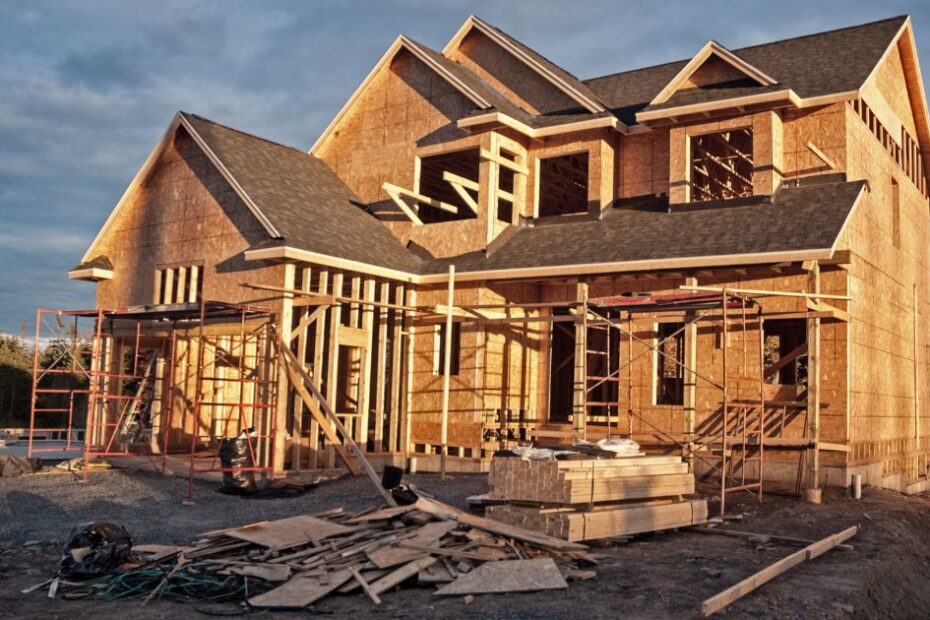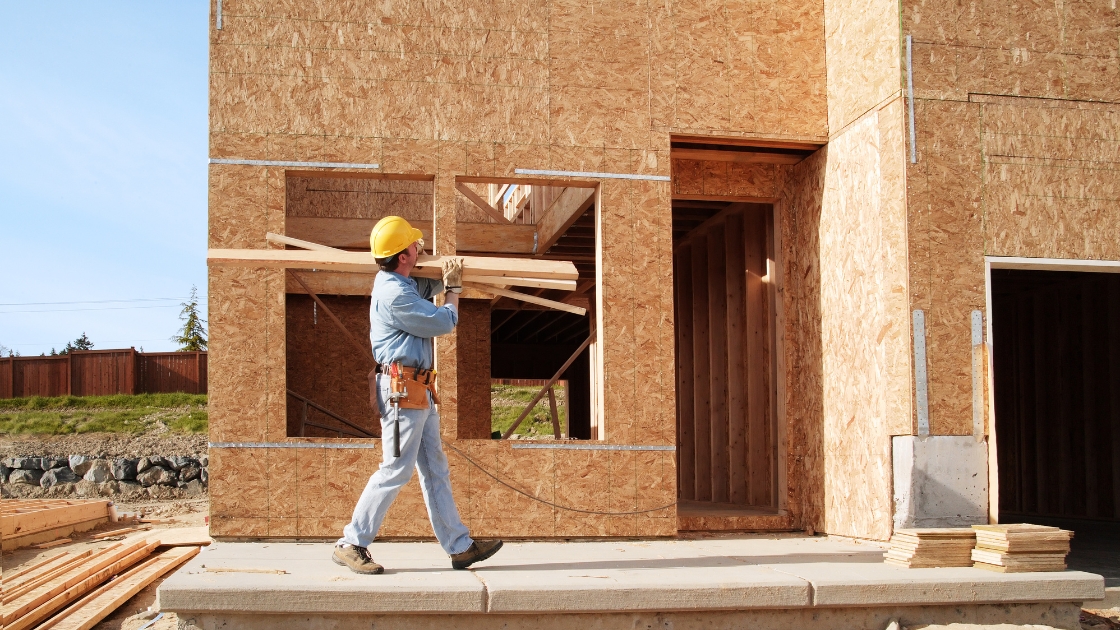Successfully tackling a new construction project can be a daunting endeavor for even the most experienced of real estate investors. There are a ton of moving parts and plenty of mistakes to be made if you are not adequately prepared. No matter the scale or nature of your planned new construction project, it pays to do your homework beforehand so you can anticipate the major challenges you will face and have a plan to navigate them efficiently.
To help you get started on the right foot, the experts at GL&L Holdings have compiled the five most common missteps investors make when it comes to new construction and how you can easily circumvent them to keep your project on budget and on time.
Top 5 Mistakes to Avoid for New Construction Projects
- Choosing the Wrong Location: The location of your new construction project is arguably the single most influential factor in determining its overall profitability. Building in a location with too little demand could make it challenging to effectively market the finished product. The longer the completed build sits vacant, the more it eats into your profit margin. To avoid any issues, research the surrounding area and the state of the local economy. Look for areas with solid employment prospects and in-demand amenities such as shopping and restaurants.
- Overlooking Administrative Steps: Certain localities impose stringent building codes and zoning mandates that dictate what type of buildings can be constructed in certain areas. For instance, there may be limitations on height, number of units, color, and more that could throw a wrench in your planned build. Always be sure to be up-to-date on any such requirements and obtain all necessary permits and licenses before breaking ground in order to avoid costly delays and monetary penalties.
- Inaccurately Estimating Expenses: The harsh reality of the construction industry is that almost no project goes exactly according to plan. One of the most common mistakes investors make is failing to build in a contingency budget to take care of any problems that may pop up over the course of the project. Certain costs are variable and thus hard to predict, such as labor costs and materials, especially in an industry that is still working out pandemic-related supply chain issues.
- Setting an Unrealistic Timeline: Investors need to have a solid grasp on all phases of the construction process and the time allotted to each. This is crucial for coordinating contractors and keeping the build on track. Note that delays are likely to happen due to a multitude of factors, whether that be delivery lags, labor shortages, etc. Just like your budget, you need to factor in some wiggle room in your planning to accommodate for these complications.
- Not Maintaining Open Lines of Communication: All stakeholders involved in the new construction process need to be on the same page during all stages of the build in order to avoid potentially costly miscommunications. Be sure to conduct regular check-ins with all contractors, lenders, and colleagues so there are no gaps in communication that can lead to trouble down the road.
What are my Options for Financing a New Construction Project?
There are several options available for financing a new construction project. One option is to fund the project out of pocket until a certain level of confidence is reached, at which point a short-term new construction loan can be obtained. This loan is paid out in draws during the construction process, with incremental draws distributed after specific construction milestones are achieved.
For operating companies, most expenses can be wrapped up into the overall loan, making it easier to finance the project. Additionally, investors may consider securing a bridge loan until the project is stabilized with certain occupancy thresholds. Once the property is stabilized, the bridge loan can be replaced with long-term financing.
Another construction financing option is to consider a joint venture arrangement or real estate syndication. These partnerships can help bridge the financing gap and provide additional support for the project. Equity investors should be prepared for a lack of near-term cash flow and may need to bring at least 50% or more equity to the project, especially for speculative projects.
Common Requirements for a New Construction Private Money Loans
When seeking private money loans for a new construction project, there are specific criteria that lenders typically require:
- Land/Lot must be paid in Full: The land or lot where the construction will take place should be fully paid off or there must be substantial equity between the value and the mortgage outstanding balance. This demonstrates the investor’s commitment and reduces the lender’s risk.
- Architectural/Engineering Plans must be completed or at least submitted for approval: Detailed architectural and engineering plans should be ready. These plans provide a clear vision of the project and its feasibility.
- Scope of Work, Spec Sheet & Draw Schedule must be provided: A comprehensive scope of work, specification sheet, and draw schedule must be submitted. These documents outline the project’s phases, materials, and timeline, ensuring transparency and planning accuracy.
The loan amount is typically dependent on several factors including the appraisal of the property, the location, and the builder’s experience. Most lenders can offer up to 70% of the After-Completion-Value (ACV).
Get Started Today with GL&L Holdings
When it comes to tackling new construction projects, having the right financing partner by your side can make all the difference. That’s where GL&L Holdings comes in. Our specialized new construction loans are designed to provide you with the funding you need to bring your vision to life. With competitive rates, flexible terms, and a streamlined application process, we make financing your project as convenient as possible. Take the stress out of your next new construction project and partner with GL&L Holdings. Contact us today to learn more about our specialized new construction loans.


